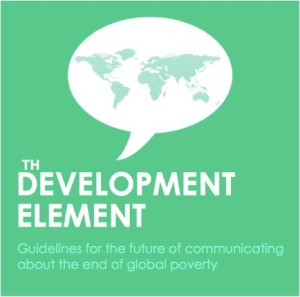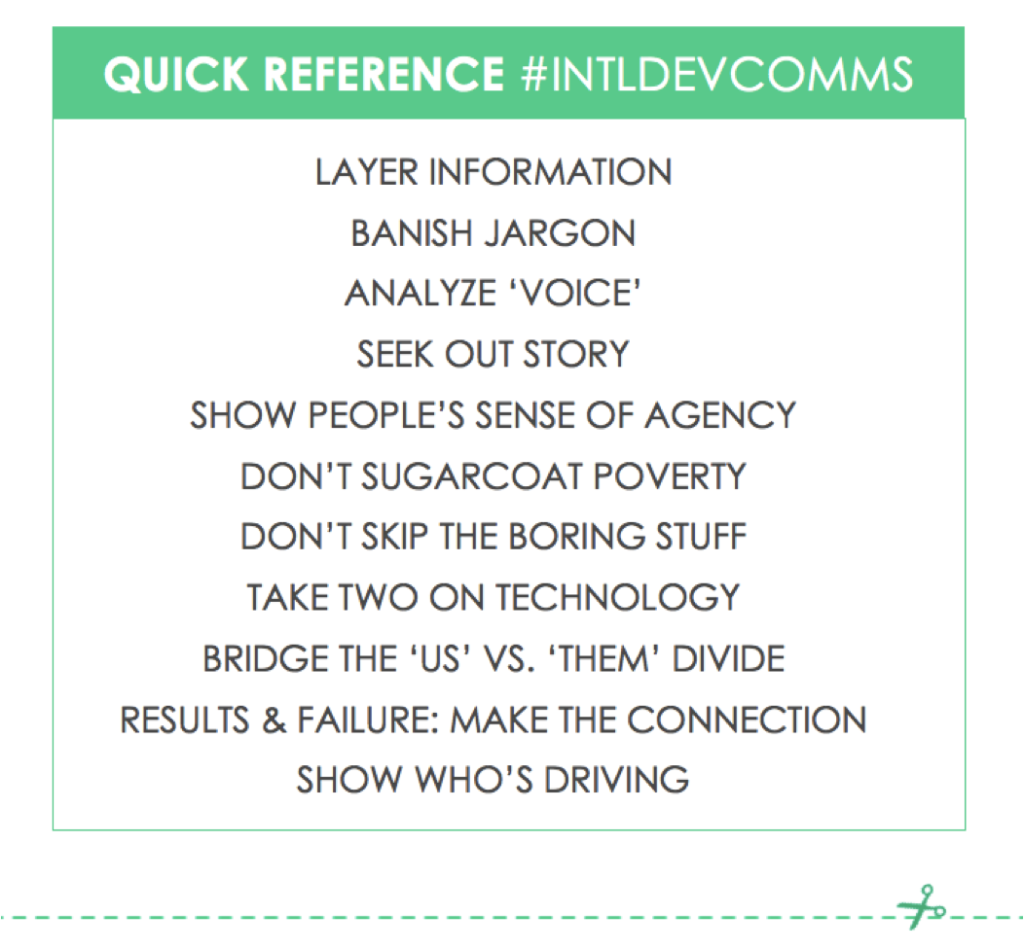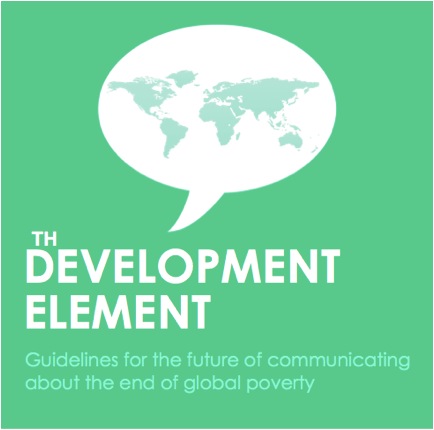It’s fundraising season again, and with it each year, a new allotment of poverty porn arrives. I was recently asked to comment on the Radi-Aid awards in The Guardian UK:
“It is not surprising,” said Lentfer. “Pity and shame are easy emotional levers to pull. They are proved to bring in the dollars. It’s a transactional way of looking at viewers and readers, to say, ‘I just want your money.’”
So I share this post from 2014 to remind my dear communications colleagues in the international aid and philanthropy sector that the most important part of our job is not fundraising. Even if that’s the department you report to, even if that is how your “results” are measured, our job as communicators is to shift and dismantle defunct narratives that have been created throughout history and particularly in the 20th century about wealth, whiteness, and what it takes to create lasting, transformative change in this world.
But if that’s not your jam, go right ahead. Just keep using the useless approaches below. Sarcasm, folks.
***
 A new generation of communications professionals in our sector is attempting to embrace nuance without turning the public off.
A new generation of communications professionals in our sector is attempting to embrace nuance without turning the public off.
But just in case you want to remain “old school” in your communications strategies and keep them grounded in a charitable fundraising model, here are 11 “somewhat tried,” “partially true,” and totally satirical approaches to communications for you to employ.
These guidelines will help ensure that an international organization’s public face is totally at odds with its mission and work on the ground:
- OVERWHELM SUPPORTERS WITH INFORMATION, OR STAY TOTALLY SHALLOW. Context, detail, and depth is vital. On the other hand, you don’t want to burden busy people. Click.
- USE JARGON if you can help it. Bewildering your readers makes you sound smarter.
- BE A VOICE FOR THE “VOICELESS.” It’s always up to you to portray who poor people are and exactly what they need. Otherwise, how will other people know how to help them?
- ALWAYS USE ACADEMIC-STYLE WRITING. What narrative format is best to influence, motivate and move the general public? Why pieces that use a thesis statement, supporting arguments, and APA-citations of course.
- SHOW PEOPLE’S DEPENDENCE on international aid organizations. Portray people as identity-less, helpless, incapable, and/or desperate. Stereotypes and generalizations are just shorthand.
- ROMANTICIZE POVERTY. Poverty can be upbeat, uplifting, and inspiring don’t you know!?
- SKIP THE BORING STUFF. Who wants to think deeply about global poverty? Unjust systems? Governments functioning? Yawn. Next Kardashian please.
- HYPE UP TECHNOLOGY. The newest app will solve poverty. It doesn’t matter if no one wants it.
- ACKOWLEDGE HOW DIFFERENT “WE” ARE FROM “THEM.” Pity, guilt and shame help keep a healthy distance between people in poor and rich countries. It’s catching after all…
- HIDE FAILURES LIKE A DIRTY FAMILY SECRET. Donors will pull funding immediately if you don’t have all the answers or if the slightest shortcoming is revealed.
- FEEDBACK, SCHMEEDBACK. Accountability is just about reporting to donors. Who would want a bad review from the people you’re actually attempting to support?
BONUS: Ignore criticisms and differing perspectives about your work. You deserve those self-congratulatory and self-righteous tendencies.
***
 Want some USEFUL approaches? Here you go!
Want some USEFUL approaches? Here you go!
Instead of these mockingly dreadful communications practices in the global development sector, read the publication, The Development Element: Guidelines for the future of communicating about the end of global poverty, written with my “International Development Communications” class at the Georgetown University Public Relations & Corporate Communications Master’s Program.
Read the full publication here:
And join the conversation online using #DevComms.
***
Related Posts
10 “big picture” communications questions for the social good sector
Are the jobs of communicators changing in the development sector?
Why I wrote about “smart risks” in philanthropy and why I would frame it differently now
Sorry but it’s still not YOUR project
Do grassroots organizations in poor countries have an image problem?

